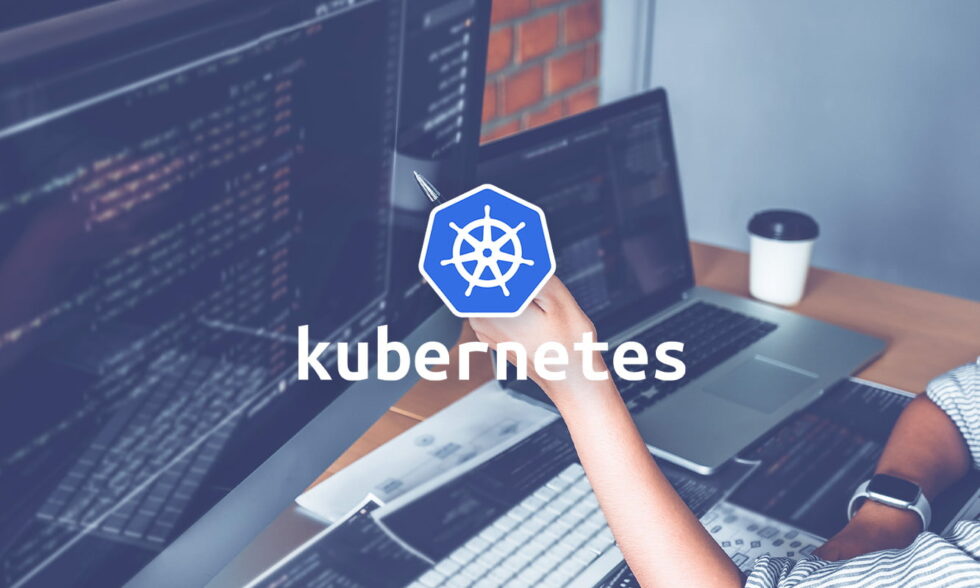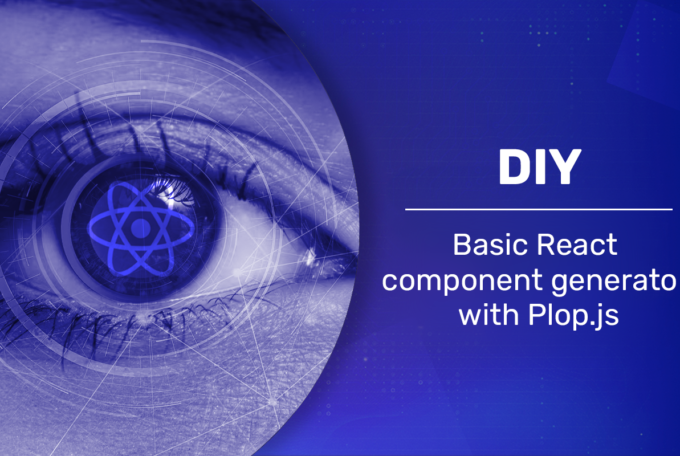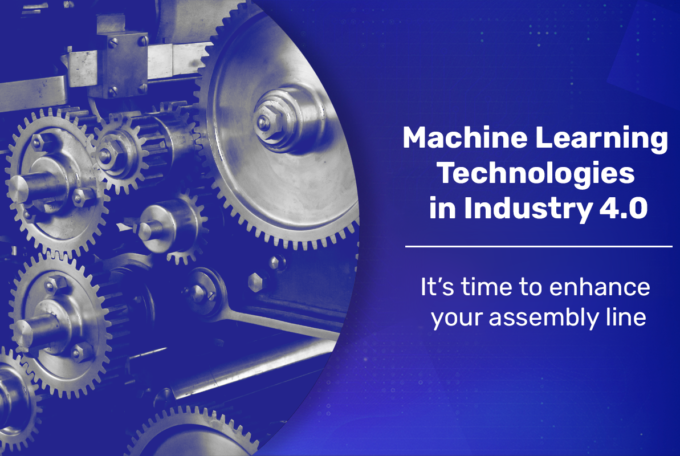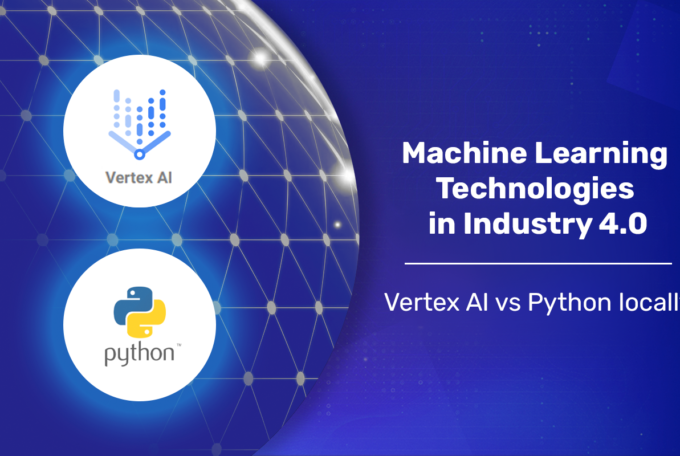As your application expands, there is a proportional increase in the management of the entire product structure. Kubernetes is an open source platform for managing the tasks and processes of containerised applications. This tool has been designed to simplify the configuration and automation of operations in digital services in the cloud. Let’s find out why you need Kubernetes for a stable development of digital services.
In the past, applications and programmes were only run on physical servers. They used the resources of the machine, and the fact that it was not possible to separate them caused problems with the performance of parts of the application. The use then of several separated machines for each application incurred higher costs. Computing capacity was wasted on parts of the virtual machines, while other parts did not have enough capacity, which blocked the application from scaling.
The era of virtualization resolved the scaling problems while containerization has revolutionized software development. This allows launching software inside containers, i.e. “lite” equivalents of virtual machines. Containers work on similar principles to virtual machines. They use the processor and memory, but it is considerably easier to move them between the cloud and systems, and they ensure significantly more efficient performance than in the case of standard virtualization.
Digital products are living organisms. They change, evolve, develop their functions, and their environments change. Advanced software may consist of many containers, which is why a solution is required for efficient management and flexible scaling of such projects. One of the most popular technologies is Kubernetes.
What is Kubernetes?
Kubernetes is an open source software platform for the automation of processes related to the development, implementation, scaling and management of containerized applications.
Containers hold the components of applications, such as processes, libraries, temporary files and all internal dependencies. It is crucial that the container is stateless, as this enables scaling, i.e. creating many container instances. When it is necessary to store the application state, an external data storage (e.g. database) is most often connected to the container. This is also the case when the application configuration should be delivered externally (e.g. through configmap). This guarantees that all the application instances in the cluster have an identical configuration. Kubernetes allows for the efficient management of containers, regardless of the number, while monitoring all the processes and changes in the application. Kubernetes also keeps the application available all the time. For example, when a container instance stops, Kubernetes will replace it with a new instance as soon as possible.
The name Kubernetes actually derives from the Greek word κυβερνήτης which means helmsman. Like an experienced helmsman, Kubernetes allows for the efficient management of containers in clusters.

Why do you need Kubernetes?
With Kubernetes, you can focus on the application. Adjusting the software to particular systems becomes less important, which is why you can develop a UX and business model that will allow you to achieve satisfying profits. While your application keeps developing, Kubernetes will help you manage the product components more efficiently and scale with no fear around data security.
One cluster of servers instead of several smaller virtual machines
Kubernetes treats a group of virtual machines as a whole – a cluster. In very simple words, like one huge aggregate server. When you need space, it doesn’t matter where the server is located. If your application needs 2 processors and 4GB of RAM for efficient performance, it is enough to include this information in the configuration, letting Kubernetes find the node with the available resources in the cluster, reserve the resources, and launch your container there. The architecture of your application containers may be wide spread, yet all the elements are managed in one location.
You get as much computing capacity as you need. A few virtual machines in one cluster facilitate and accelerate computing capacity management. In addition, if one node in the cluster fails, it will be replaced by a new virtual machine instance replenishing the missing resources, and then the containers will be deployed.
Speed and flexibility of the application development
In Kubernetes, application images are used. Creating an image is considerably easier than creating an entire virtual machine. These applications are divided into many smaller independent elements. As a result, the process of application development is much quicker, and making changes is much more comfortable. Stepwise uses Docker and Podman to create images. These tools enable packing the application into images and launching them in Kubernetes in a relatively easy way, maintaining a high level of use of the resources inside the cluster.
Kubernetes provides many tools that make application management comprehensive and efficient. Aside from health checks and access logs, there are many useful tools such as error autocorrection. If there is a problem with an application, Kubernetes restarts the containers that are not working or, if necessary, transfers their data into new containers, and checks whether the application is working properly.
Efficient scaling
Kubernetes offers the possibility of horizontal application scaling. Should the need arise, the system automatically adds virtual machines to our cluster. Correct configuration allows for any formulations of commands related to project scaling. The added environment for containers in Kubernetes does not require additional DevOps specialists.
Stepwise developers are highly qualified within DevOps, which enables configuring the infrastructure of cloud services in such a way that available resources are used efficiently. Kubernetes offers autoscaling. When an application overload increases, this tool adds the required number of additional virtual machines. Thus, a correct configuration provides the possibility to automate project scaling, without prejudice to the seamless operation of digital services or the need to employ additional engineers.
Lower costs
Services located on many various virtual machines in a company require a lot of attention. Maintenance of these virtual machines incurs considerable cost and does not ensure optimum computing capacity. When an application error appears, IT specialists have to look for the source of the problem in each of the machines (tools for log aggregation may be helpful in this case).
The use of Kubernetes for container management may save the work of specialists. All elements are created preserving their consistency, which facilitates the entire application configuration. All events in Kubernetes are coherent, and every specialist can check what has being going on since the previous login.
Through the use of Kubernetes and automatic scaling, Stepwise maintains an optimum level of resource utilization in the clusters. The higher performance of virtual machines in a cluster means that fewer of them are necessary for a proper application operation. Within cloud services, fees are charged for only the virtual machines used, which is why the costs of maintenance of the entire infrastructure are much lower than for fixed in-house infrastructure.
Continuous development, integration, and deployment
In its projects, Stepwise uses a GitLab solution. Not only is it a code repository, but it also enables creating so-called pipelines on the embedded CI server (GitLab CI).
Any change in the code launches the pipeline and (depending on changes) respective operations (code compilation, tests, code analysis, image creation, implementation into the appropriate environment on Kubernetes, verification). Owing to this complete automation, developers can concentrate on building of the software, as implementation is handled automatically.
All applications (and their configurations) developed in Stepwise in Kubernetes have:
- Defined resources required for optimum performance (cpu, ram, storage)
- Readiness probe (whether the container is ready to respond to requests)
- Liveness probe (whether the container is running)
- Monitoring
- Alerting
When an application is launched on Kubernetes, for some (configurable) time it is analysed by the “Readiness probe”. If within a defined time it is not able to confirm that the application is healthy, Kubernetes registers the event and tries to launch it again (as many times as necessary). At this time, the earlier version of the application is running, and the final user will not notice that anything has happened. While a new version of the application is implemented, the old version remains running in the background. A new container with the new application will be created. If an error occurs, then the new version will not start (Kubernetes will try again until success), or it will start correctly and Kubernetes will send traffic to a new container (the old version will then be deleted, freeing up the resources). When the new version is running in a container and for some reason it is not satisfactory, with one command Kubernetes can restore the older version, maintaining the same service. For a short time, two containers will work side by side, and the old version of the application will become the actual version.
Automated operations facilitate the development of applications and ensure an efficient implementation of new solutions.
Clear operations and automated processes
The installation of new applications on physical virtual machines used to be very time-consuming. First, the relevant database and schemas had to be installed on one of those machines. Then, the application was installed on another machine. With many specialists involved, it was very hard to track changes made by another members of the team.
Kubernetes registers all product-related events. It is easy to track changes, and repeatable operations can be automated. This eliminates most human error, accelerates work, and if problems occur, helps localise the source of the error.
Kubernetes ensures flexible configuration of automatic implementations and changes. It is enough to describe the process of installation. The system will automatically change the current state into the expected state, implement new solutions, improve computing capacity by adding nodes to the cluster (autoscaling), and add or remove containers depending on the deployment configuration.
Universal operation of applications
With Kubernetes it does not matter on which operating system a given application runs. The software is closed within the portable independent containers that provide the application along with the resources essential for efficient performance.
Applications in Kubernetes work on the same principle as on laptops (e.g. Minikube, kind, k3s) and in the cloud. The identical coherence of infrastructure is guaranteed at every stage of the digital product development. Containers can be freely scaled and moved between various operating systems and cloud platforms.
Efficient use of resources
The IaaC (Infrastructure as a Code) model works well in Kubernetes. This allows for the automation of many processes and operations of specialists, and create transparent documents regarding infrastructure, which facilitate maintaining coherence in all elements of the application. Stepwise uses Helm, i.e. the package manager for Kubernetes. This solution enables defining applications as well as describing the resources and configurations of operations in a clear and understandable form for every participant of the project. Therefore, repeatable Stepwise processes can be carried out in a flash.
For example, if we need a website in WordPress, with Helm we can install the components of this technology with just one command. Essential configuration files are enclosed in so-called Helm charts. In the case of WordPress, this is one container with a database, and one with the Apache server and WordPress files. When such a solution needs to be implemented quickly, it is enough to install a previously prepared Helm chart with just one command. Within a few minutes the required space will be automatically reserved in the cloud, the necessary containers with the appropriate network of connections will be launched, and the entire structure will be implemented into a given www address along with the SSL certificate.
It is easy to estimate all necessary resources and then utilize them to ensure a high application performance.
Increased data security
Year by year cloud services are providing better security. A lot of providers offer much safer solutions than those on physical servers.
In the case of failures or problems, Kubernetes moves containers to a new node (virtual machines) adjusted to the correct application performance. If a serious critical error occurs, we can always use the data backup that is regularly updated in the cloud.
Confidential information can be secured with the use of encryption keys (your own or delivered by the cloud provider). If need be, hybrid clouds can be used – only a part of the data is stored in the Kubernetes clusters, and sensitive data is stored on in-house servers.
Summary
Kubernetes is the perfect tool for every company wishing to meet the demands of an innovative economy as well as to provide their digital products with a smooth operation and stable development. This solution makes management and scaling of web applications much easier and quicker.
The Kubernetes project comprises open source software by Google, which means the huge support of the community centred around this tool. The enormous number of users share their knowledge and make many patterns available, which considerably accelerates the work of IT teams. Instead of several physical machines in the local infrastructure of a company that need to be manually managed by a few specialists, an efficient tool for the management of all the applications in one location can be used.
The use of cloud services and Kubernetes saves both time and costs. It also helps maintain the high performance of the software and ensures the high level of data security.
If you are interested in efficient development, implementation and management of your digital products, with the use of innovative technology that allows you to focus on the application and the development of your business, contact the Stepwise specialists. It will be our pleasure to tell you how to expand your business and enhance the quality of performance of your digital products in Kubernetes.




